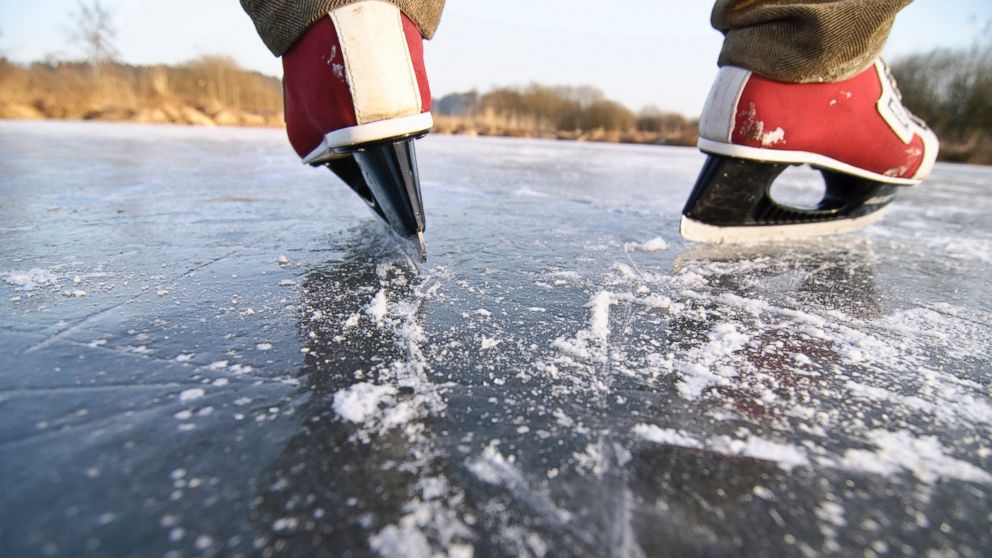Why You Slip But Don't Fall Walking on Ice
Scientists find a "mini-brain" that subconsciously directs our movements.

— -- This time of the year, just taking a short walk can kill you.
In a millisecond, a patch of ice hidden beneath damp snow can send your foot off on a journey of its own. But even before you know what's happening your body has adjusted its balance, helping you avoid a potentially fatal meeting of body and sidewalk.
How can your body figure out what to do even before your brain lets you know you're in trouble?
For a long time now scientists have thought the body must have some way of reacting instantly to some unexpected threat, like slipping on ice, but exactly how that happens has remained a mystery.
But new research may help end that mystery. Scientists at the Salk Institute in La Jolla, California, have found what they describe as a "mini-brain" in the lower spinal column that processes information from subtle sensors in the feet and on the skin and even in body hair that can be used to make nearly instantaneous adjustments to keep you from falling.
The command center is a packet of brain cells in the lumbar spinal cord. These neurons don't really amount to another brain, but they carry out a similar function, according to Salk postdoctoral researcher Steeve Bourane.
"We call it brain-like," he said in a telephone interview.
This mini-brain, or whatever you want to call it, processes information from numerous sensors that can detect even very subtle changes in the position of the foot, for example. It collates that with data flowing to the brain from the body's primary sources of information, like the eyes and ears, so that judgments can be made much more quickly. Like soon enough to keep you from slamming into the ground.
"When we stand and walk, touch sensors on the soles of our feet detect subtle changes in pressure and movement," Martyn Goulding, senior author of Salk's study, published in the journal Cell, said in releasing the findings. "These sensors send signals to our spinal cord and then to the brain.
"Our study opens what was essentially a blackbox, as up until now we didn't know how these signals are encoded or processed in the spinal cord. Moreover, it was unclear how this touch information was merged with other sensory information to control movement and posture," he said.
The Salk researchers demonstrated the role of the "mini-brain" in mice, so their finding probably applies to nearly all vertebrates. Some of the mice had been genetically engineered to disable the spinal cord neurons that were believed to be responsible for the early detection of movement from sensors in the feet. Other mice were normal.
The researchers found that both sets of mice could move about on a level surface without much difficulty. But when they had to walk an elevated, narrow plank, the mice with the disabled neurons looked like they were drunk. Their feet slipped, and they struggled to maintain their balance, because they weren't receiving signals from sensors on their skin.
Thus the feet were not told how to move to regain balance, Bourane said. So the mini-brain is a critical part of our ability to exercise motor controls within the few milliseconds needed to prevent a fall.
When the mini-brain is working, he said, "Your body is on autopilot, constantly making subtle corrections while freeing you to attend to other higher-level tasks."




